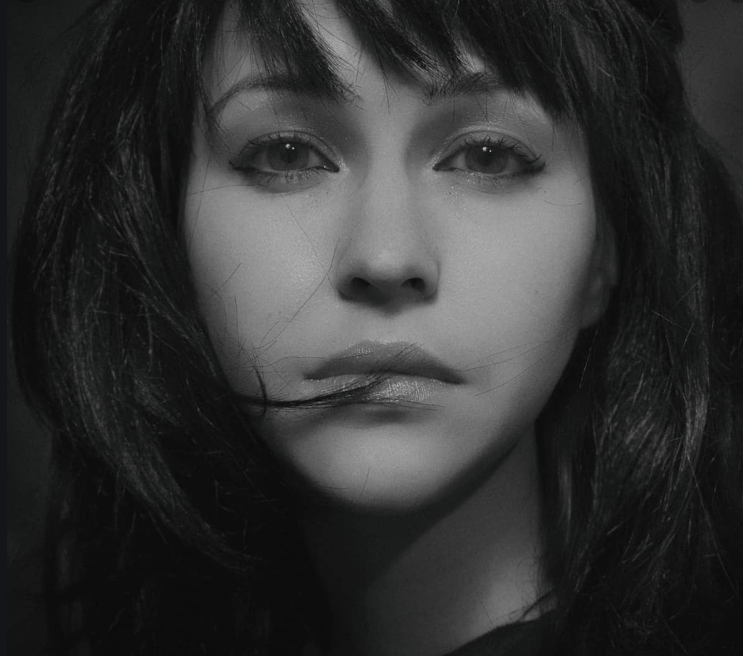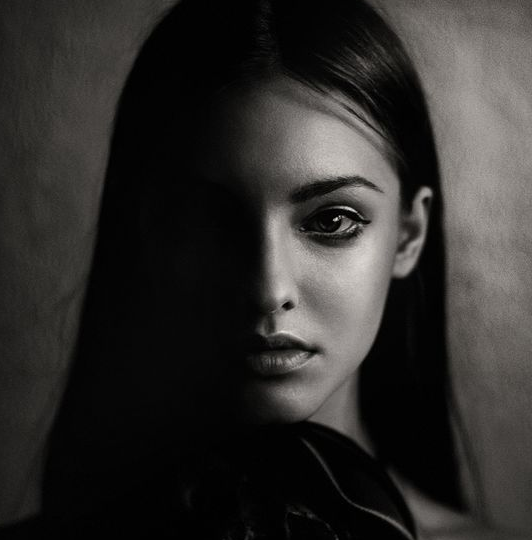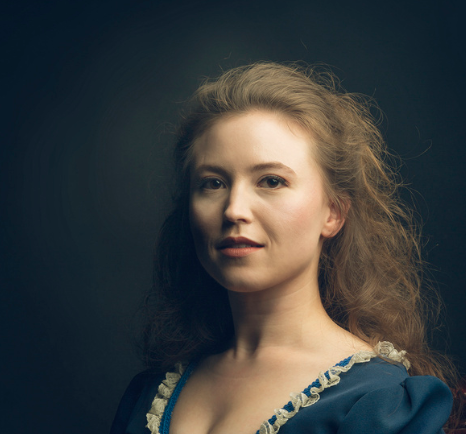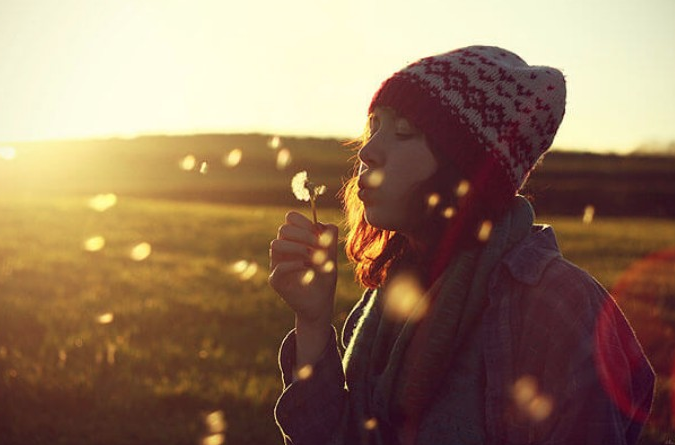
Butterfly lighting is a portrait lighting pattern where the key light is placed above and directly centered with a subject’s face. This creates a shadow under the nose that resembles a butterfly. It’s also known as ‘Paramount lighting,’ named for classic Hollywood glamour photography.

Split lighting is a technique that produces a sense of drama to a portrait. This form of lighting is when half of the subject’s face is lit, while the other half is left dark. The light is evenly divided over the subject.

As you can see from the image above, this lighting setup is a split light setup. It creates a triangle of light under the model’s eye on the shadowed side. This is on the opposite to side of the key light.

LED. Stands for “Light-Emitting Diode.” An LED is an electronic device that emitslight when an electrical current is passed through it. … The energy efficient nature of LEDs allows them to produce brighter light than other types of bulbs while using less energy.

The term natural lighting is one that is thrown around quite loosely these days in the lighting industry. Very simply put, a lighting source that closely replicates natural sunlight can be considered a natural light source. Sunlight in its pure form has a kelvin temperature of around 5,000 degrees kelvin and a colour rendering index of 100. As sunlight comes into contact with the earth’s atmosphere and is reflected and refracted by water and dust particles the colour temperature actually changes throughout the day ranging anywhere from 5,000 to 6,000 kelvin depending on the time of day and the amount of clouds in the sky.

Short lighting, by definition, refers to when the main light illuminates the side of the face that is turned away from the camera. This lets light fall on the narrow side of the face leaving a shadow on the broad side of the face, which is facing the camera. The actual position of the light or lights will depend on the style and mood of the portrait anticipated.